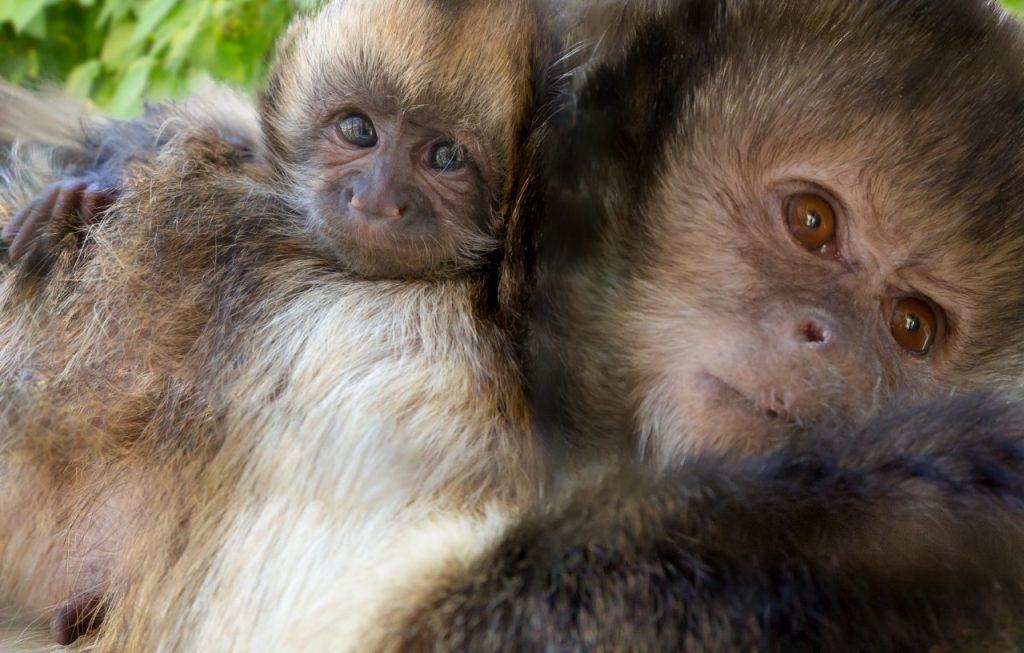Secondary compounds in foods selected by free-ranging primates on St. Catherines Island, GA
Citation
Mowery CB, McCann C, Lessnau R, Dierenfeld E. 1997. Secondary compounds in foods selected by free-ranging primates on St. Catherines Island, GA. In Proceedings of the Second Conference on Zoo and Wildlife Nutrition, AZA Nutrition Advisory Group, Fort Worth, TX.
Abstract
The foraging behavior of two groups of free-ranging primates, ring-tailed lemurs (Lemur catta) and lion-tailed macaques (Macaca silenus), residing on St. Catherines Island Wildlife Center, Georgia was observed seasonally at quarterly intervals for one year. Each group (N=13, N=9, respectively) had unlimited access to native flora and fauna in addition to a daily provisional diet. Representative samples of non-provisioned items eaten by both species were collected during the sampling interval and analyzed for secondary compounds in order to assess their impact on food choice. It was assumed that the free-range intake would represent preferred food since known nutritional needs can be met through the provisioned diet. Therefore, it was hypothesized that items high in potential toxins and digestion inhibitors (i.e., plant secondary compounds) would be avoided. We were also interested in any interspecific differences with regard to food choice and secondary compounds. Results showed that there was no statistically significant overlap in the types of foods selected by the two species. Despite differences in food choice, however, subsequent analyses did not reveal consistent patterns in phytochemical content between the two primate species’ diets. Moreover, both species consumed foods with a wide ranging concentration of total phenolics, hydrolyzable and condensed tannins.
 Secondary Compounds.pdf 146 KB
Secondary Compounds.pdf 146 KB








